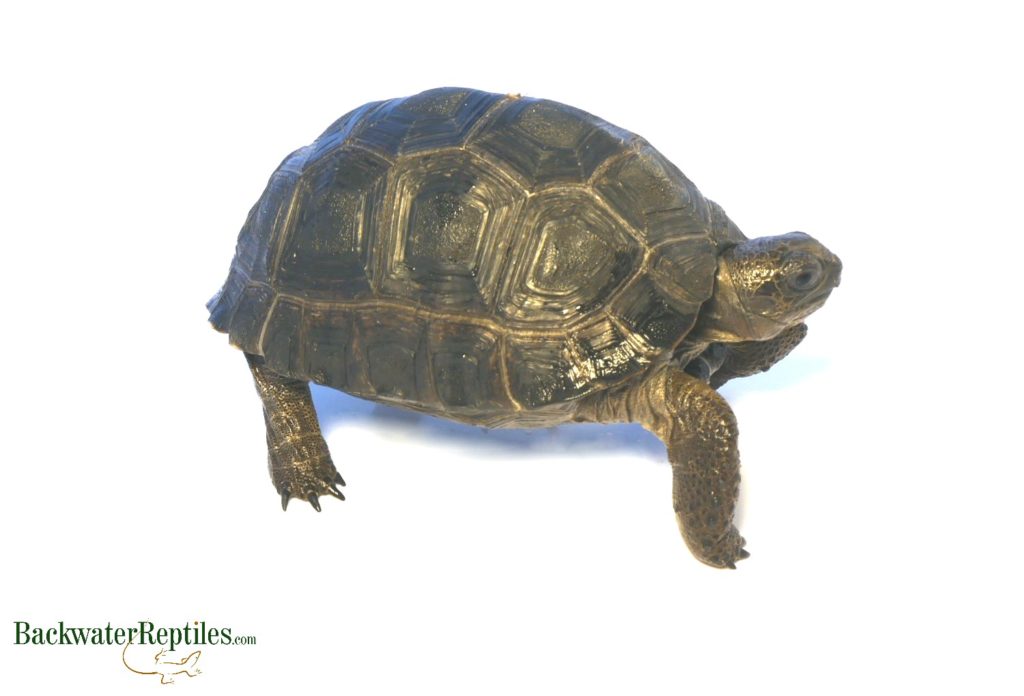If you’re reading this, you want to know all about Aldabra tortoise care (Geochelone gigantea), and rest assured, you’ve come to the right place! These tortoises are very intelligent, responsive, and interactive pet reptiles. Many people are attracted to the larger species of tortoise because they can let them roam their yard much like a dog. Many are even trained to come when you call them!
No matter what your reason for keeping an Aldabra tortoise, clearly you’ll need to know how to care for such a long-lived animal. In this blog article, we’ll set out to detail how to best care for an Aldabra and hopefully prepare you for a tortoise of your own.
Aldabra Tortoise Care Explained
Aldabra Tortoise Description
Did you know that the Aldabra tortoise is the second largest species of tortoise in the world? The only other tortoise that grows larger is the Galapagos tortoise. On average, a mature adult Aldabra can weigh around 500 pounds, although the Aldabra at the Fort Worth Zoo weighs in at around 800 pounds!
Aldabras are very long-lived. Some have been reported to live 200 years and there is currently one in captivity that is 170 years old. So be prepared to pass your Aldabra down to your children and possibly even grand children!

Aldabra tortoises get their name from the location from which they hail – the Aldabra Atoll in the Seychelles islands in the Indian ocean. They can be found in a variety of habitats ranging from mangrove swamps to coastal dunes.
Overall, Aldabras are quite remarkable as far as physical appearance is concerned. They have domed carapaces with super long necks and pointed heads. They range in color from dark grey to black and sometimes even dark brown.
Creating an Aldabra Tortoise Enclosure
Like many of the larger tortoise species, the best way to keep an Aldabra is outdoors if possible. Tortoises older than two years old do best with a large space to roam, backyard vegetation to nibble on, and natural sunlight and weather conditions to absorb.
If your backyard doesn’t have a fence, you can create boundaries for your tortoise using cinder blocks or even wooden planks. Your wall should be just over two feet tall and contain as much square footage as you are able to provide.
Using see-through fencing is risky because a tortoise will almost always try to get somewhere it can see. Aldabras aren’t big on digging, like the Sulcata tortoises, so that’s not too much of a risk. We recommend solid wood or cinder block walls.
Your Aldabra will also require a little tortoise home or hide to escape from cold or too hot weather. You will also need to provide a heat source if you live somewhere where the weather drops below seventy five degrees Fahrenheit.
Large heating pads will suffice–we use pig blankets, which automatically heat 20-degrees (F) warmer than the surrounding temperatures, unless it’s already warm out, in which case they don’t activate. You can also simply bring your tortoise indoors during bad weather.
Keep in mind, cooler temperatures generally aren’t overly dangerous to tortoises, it’s cold and wet that’s dangerous. If your nighttime temperatures are dipping below 60F, we recommend bringing your tortoise into a warmer area such as a garage for the evening, unless you’ve got a tortoise house with a heat pad already set up.
If temperatures go below 50F, regardless if you have a tortoise house and heating pad, just take the tortoise indoors.

It’s not necessary, but if you can provide a mudhole for your Aldabra, that is ideal. Surprisingly, Aldabras enjoy wallowing and soaking in a mudhole if one is provided.
Feeding Your Aldabra Tortoise
Many people enjoy keeping pet tortoises because they are vegetarians, which means no insects or mice to feed them.
Aldabra tortoises nibble as they roam on everything from backyard grasses and weeds, but they will also thoroughly enjoy prepared foods. Leafy greens high in nutrition such as collard greens, mustard greens, dandelion greens, and spinach are all excellent options.
Some fruit is also a treat for them, but avoid acidic fruits as they can harm intestinal biotic balance. They are particularly fond of melons. Hay is a great food for them as well. Remember, they are grazers and aren’t used to highly nutritious foods. Mazuri tortoise pellets are also great for supplemental feeding.
Fun fact: If your Aldabra tortoise knows you have food or a treat ready for it, it will come running to greet you. Be prepared – Aldabras are not slow movers, despite what you might believe!

Conclusion – Aldabra tortoise care
Aldabra tortoises are known for their large size and unique personalities. They are fascinating and rewarding animals to keep as pets. They make excellent backyard companions who will absolutely learn to recognize you.
If you are up to the task of caring for such a long-term pet that you can literally pass down to your grand children, then an Aldabra tortoise just might be the reptile for you!
